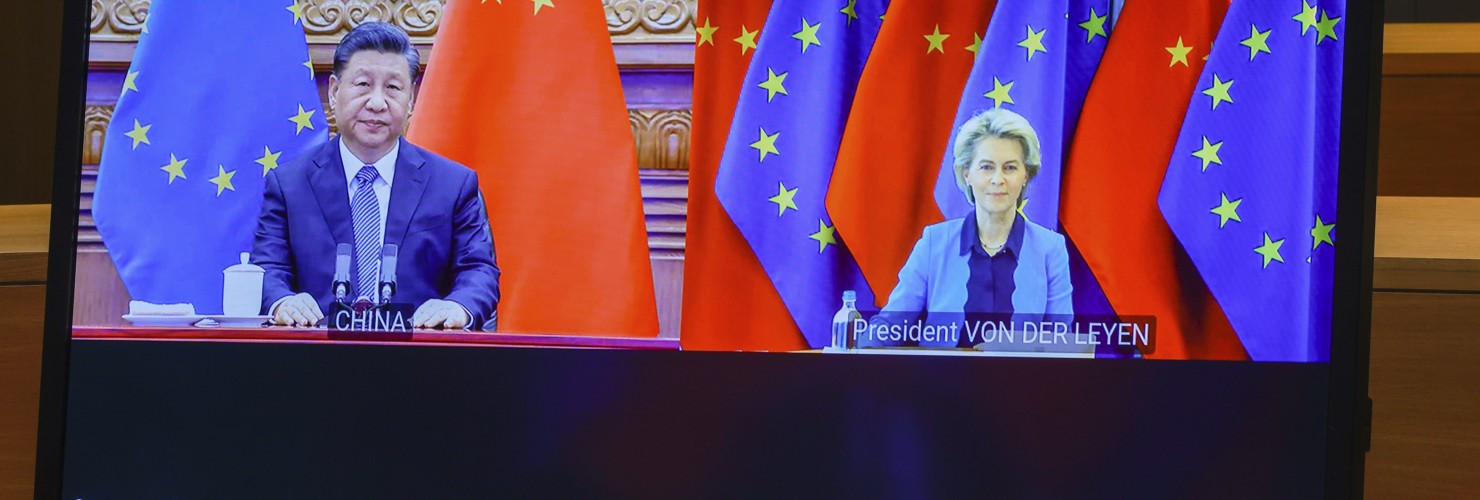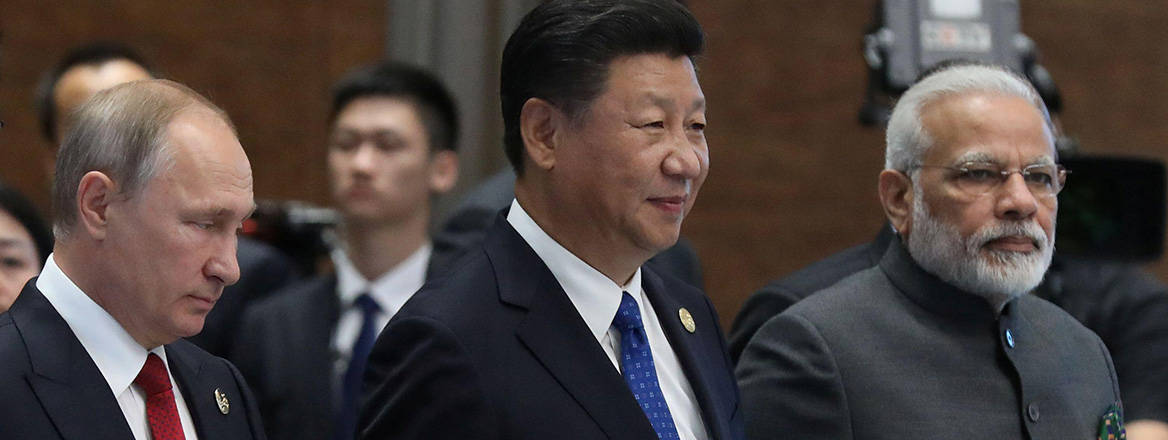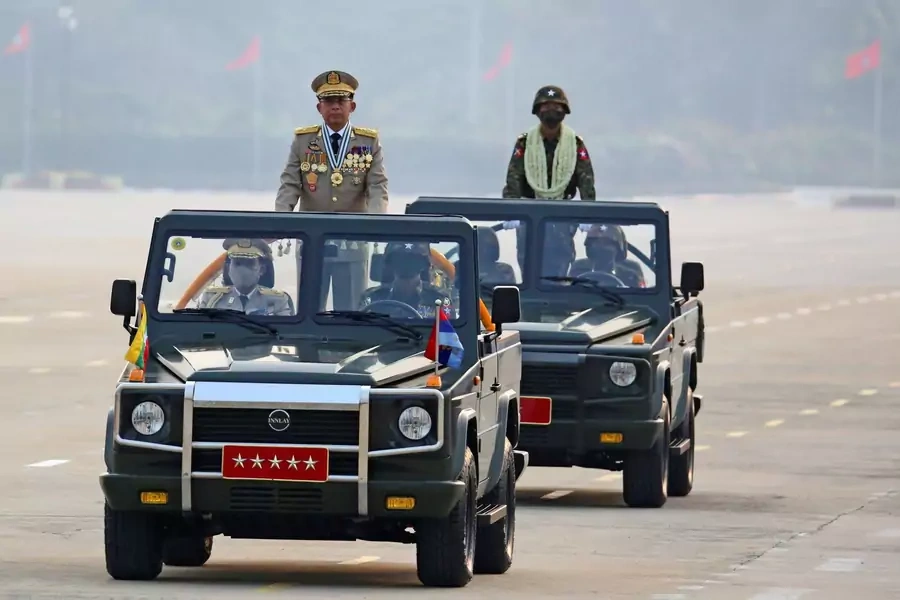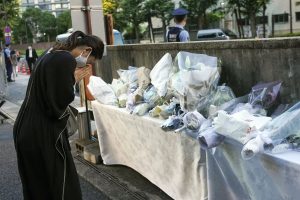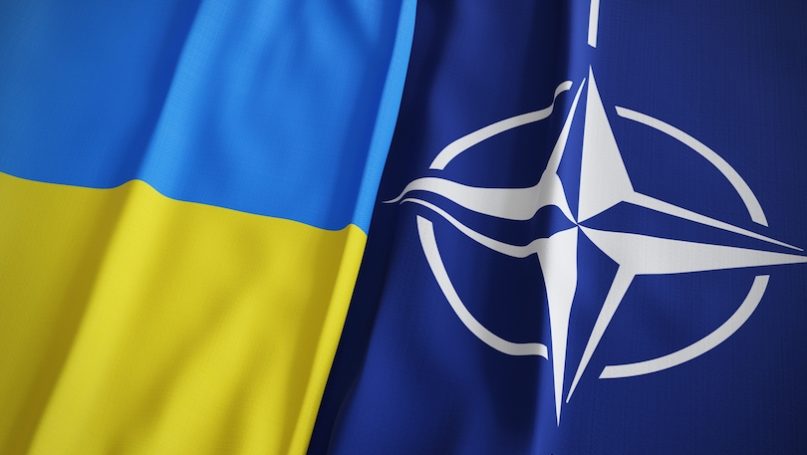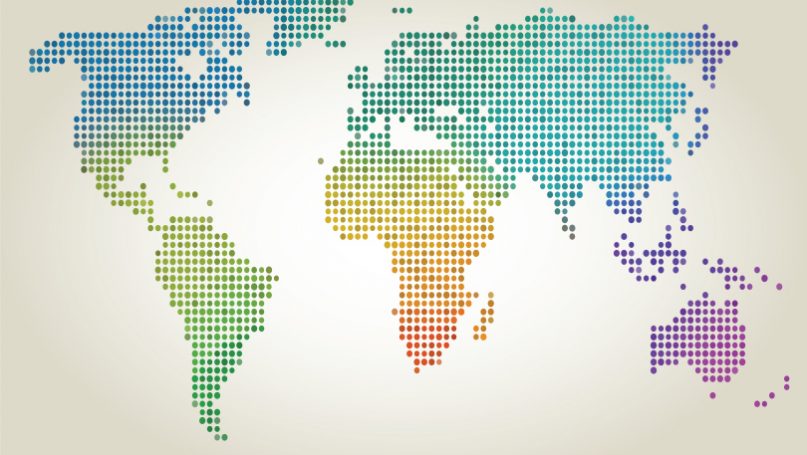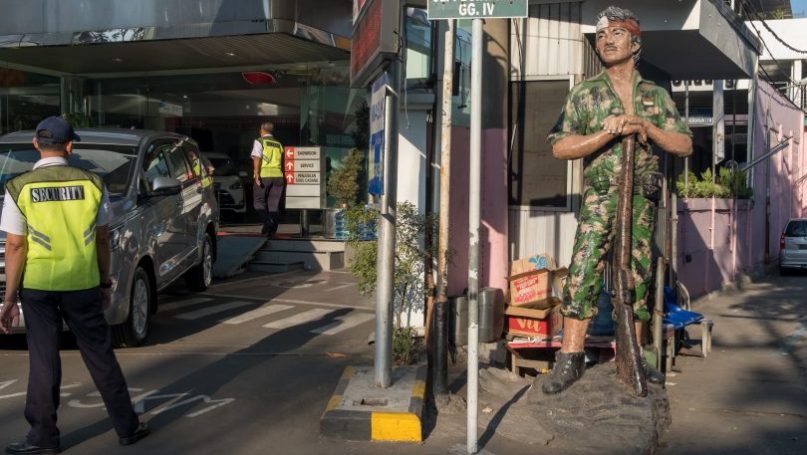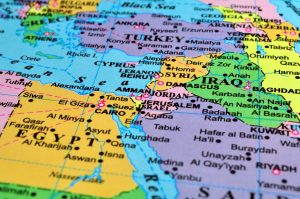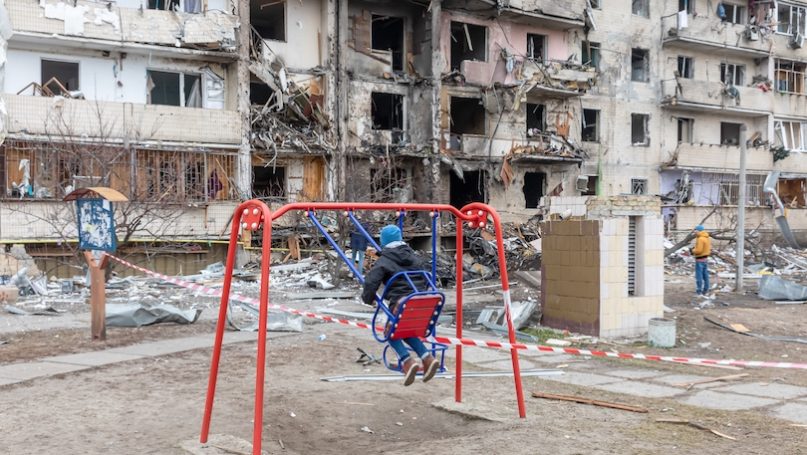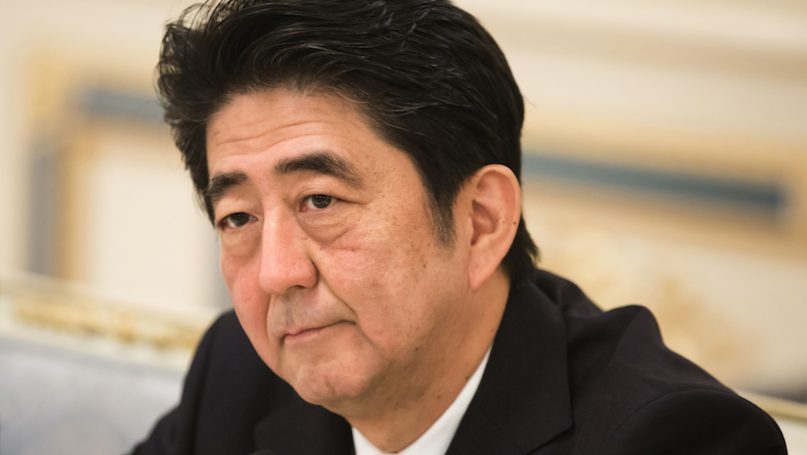Grant Farr
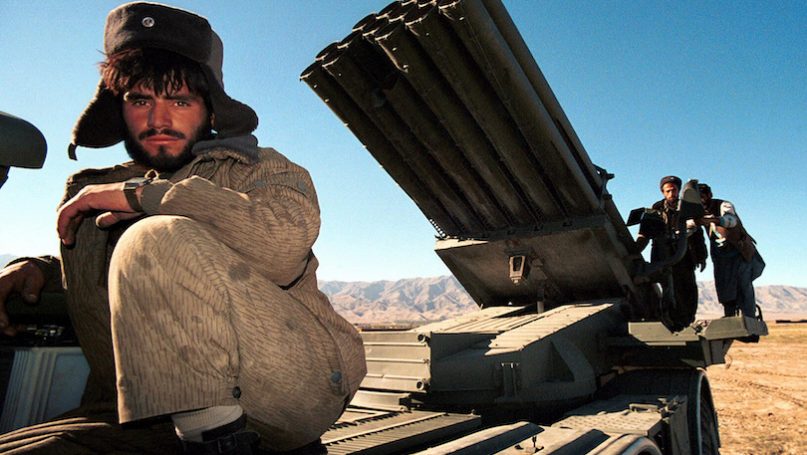
On Tuesday evening May 17, 2022, a meeting took place in Ankara, Turkey at the home of Abdul Rashid Dostum – the infamous Afghan Uzbek warlord. Attending the meeting were representatives of the Hazara, Uzbek, Turkman, and Tajik ethnic groups. This meeting was to solidify support for the war against the Taliban and to bring international attention to their cause. Most of these leaders represent ethnic minorities in Afghanistan who have suffered under the Pashtun dominated Taliban (Eqbal, 2022). The attendees were mostly former leaders of the resistance against the Taliban in the 1990s. At the Ankara meeting they agreed to form a Supreme Council of National Resistance for the Salvation of Afghanistan (Eqbal, 2022). However, there has been little sustained active resistance to the Taliban to date, except for demonstrations in the major cities, mostly Kabul and Herat, led mostly by women (George, 2022). Could it be that an active resistance to the Taliban rule is currently being organized? And, if so, what role will the Northern Alliance play?
The Old Northern Alliance
When the Taliban captured Kabul the first time in 1996 many non-Pashtun ethnic leaders, mostly from groups in Northern Afghanistan, rebelled against the Taliban rule, forming a resistance movement that became known colloquially as the Northern Alliance. The official name of the alliance was United Front for the Salvation of Afghanistan, in Dari Jabha-yi Muttahid-i Islami-yi Milli barayi Nijat-i Afghanistan. The movement was referred to as the Northern Alliance, because it represented ethnic groups in northern or central Afghanistan, while the Taliban were largely made up of Pashtun tribes from southern Afghanistan.
